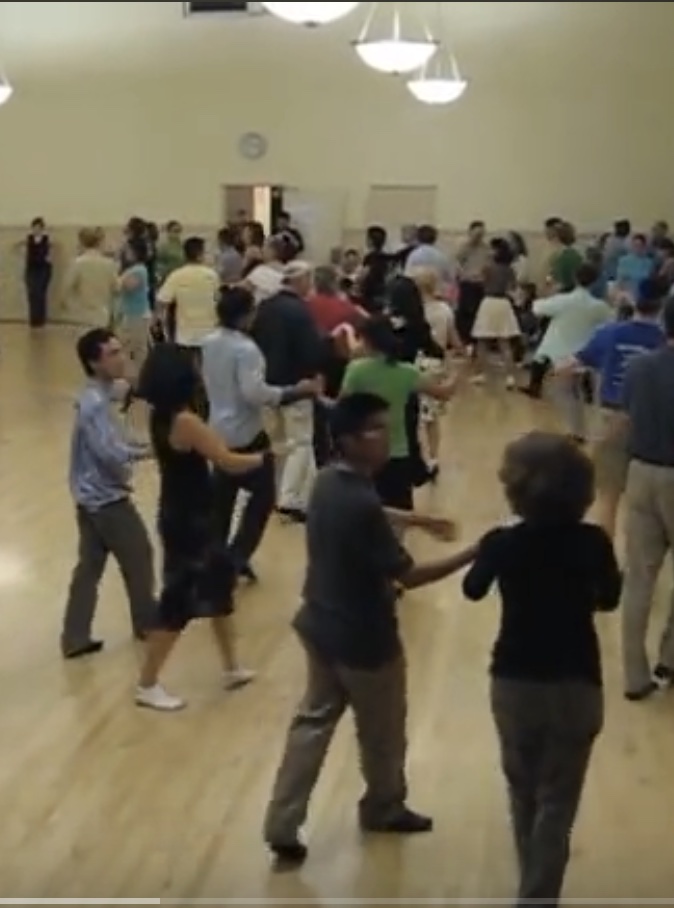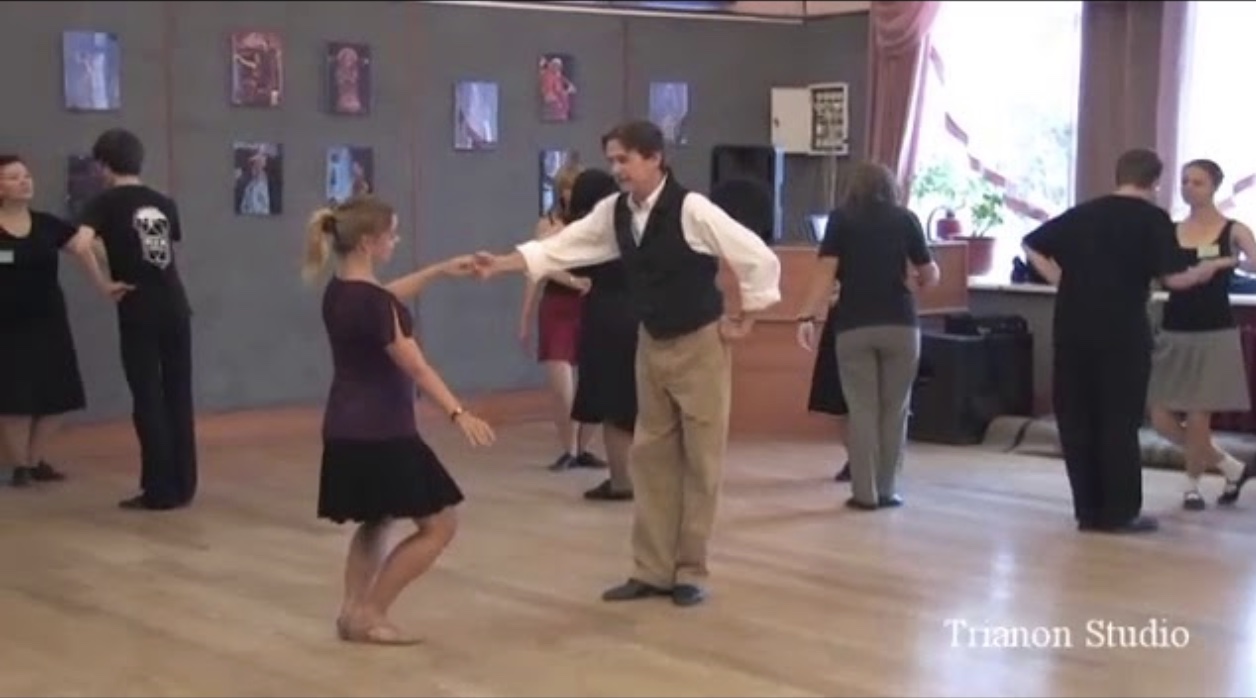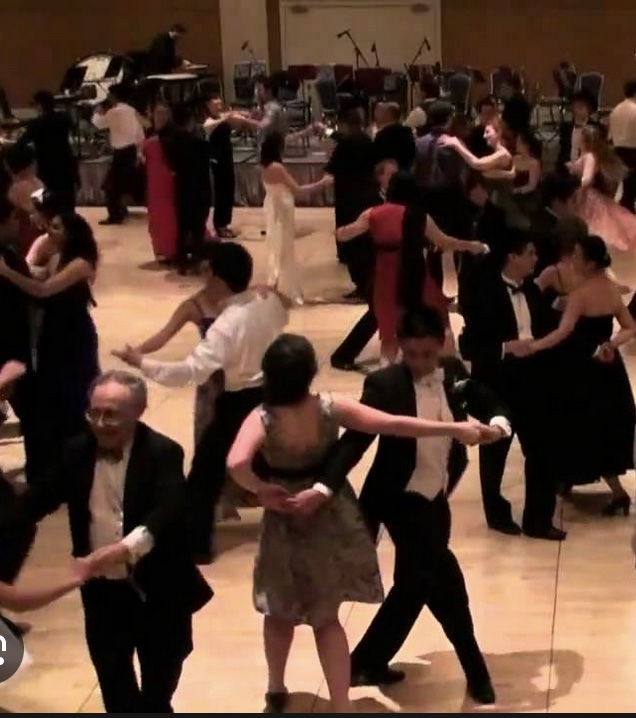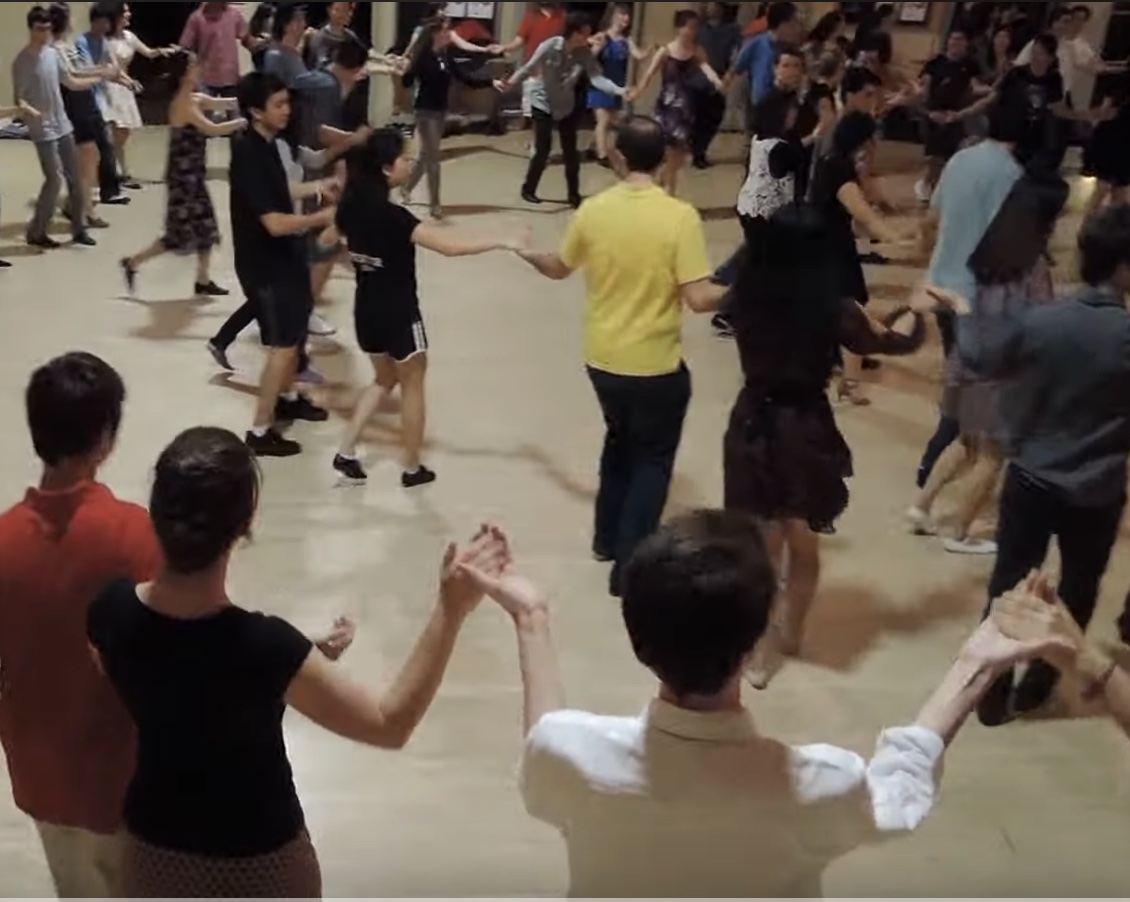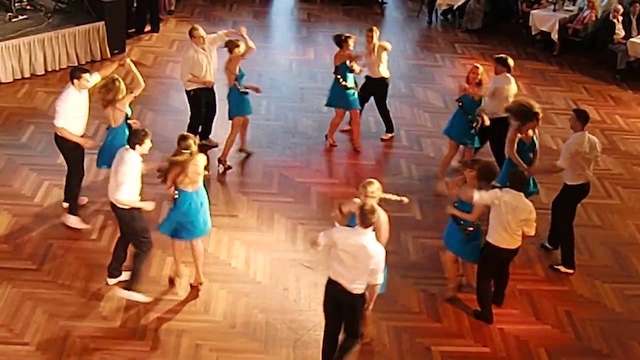Dances at Friday Night Waltz
One of the best things about Friday Night Waltz is the range of dances that we do. This can be a bit daunting, when you are just getting started, but it makes it fun to keep dancing here. Many of our dancer keep visiting us over the course of years, or even decades.
When you are getting started, a great place to get started is any of the dances that are simple enough that we just teach them in a few minutes, right before we dance them. These are simple dances, some of which you might already know, like the cha cha slide. We refer to those here, as "Teachable Dances"
On the other end of the scale, there are some dances that are choreographed, and you'll have to learn the choreography, usally in a class, but you can pick them up from friends. If you are following, you may not need to know the choreography, but you willl need a solid background in the dance, so you can follow figures you have never done before. In particular, you'll both need to know how to pivor comfortably to dance the Bohemian National Polka.
Teachable Dances and Choreographies
By "Teachable Dances" we mean dances that can be taught on the fly, right before dancing the dances.
Music for Dances
Most of these dances are associated with a particular piece of music. There is a reason these dances work, and the music is a part of it. We would encourage you to use the standard music. Or, if you have actually found a piece of music that is better, please let us know. Now, if it's a theme night, like Halloween, and you really want to play something custom, go ahead.Teachable
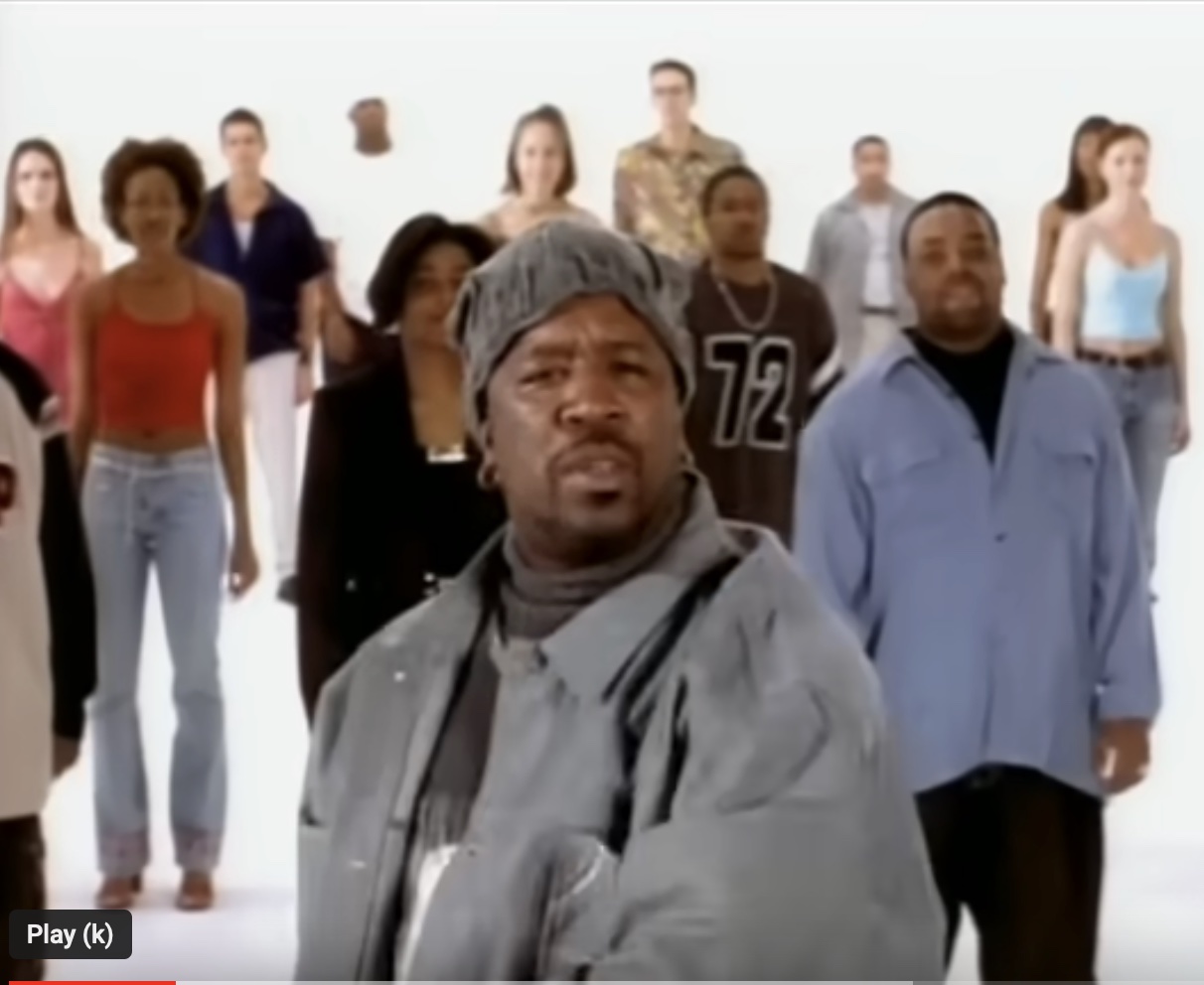
Cha Cha Slide
Writeup of Cha Cha Slide on wikihow.
This is a well known dance, if you are under thirty! :-). Many people will already know this, and the dance gives instruction as it goes (like the Timewarp). It can just be played, and encourage people to join in. Play all the audio from the official video, it talks people through the dance.
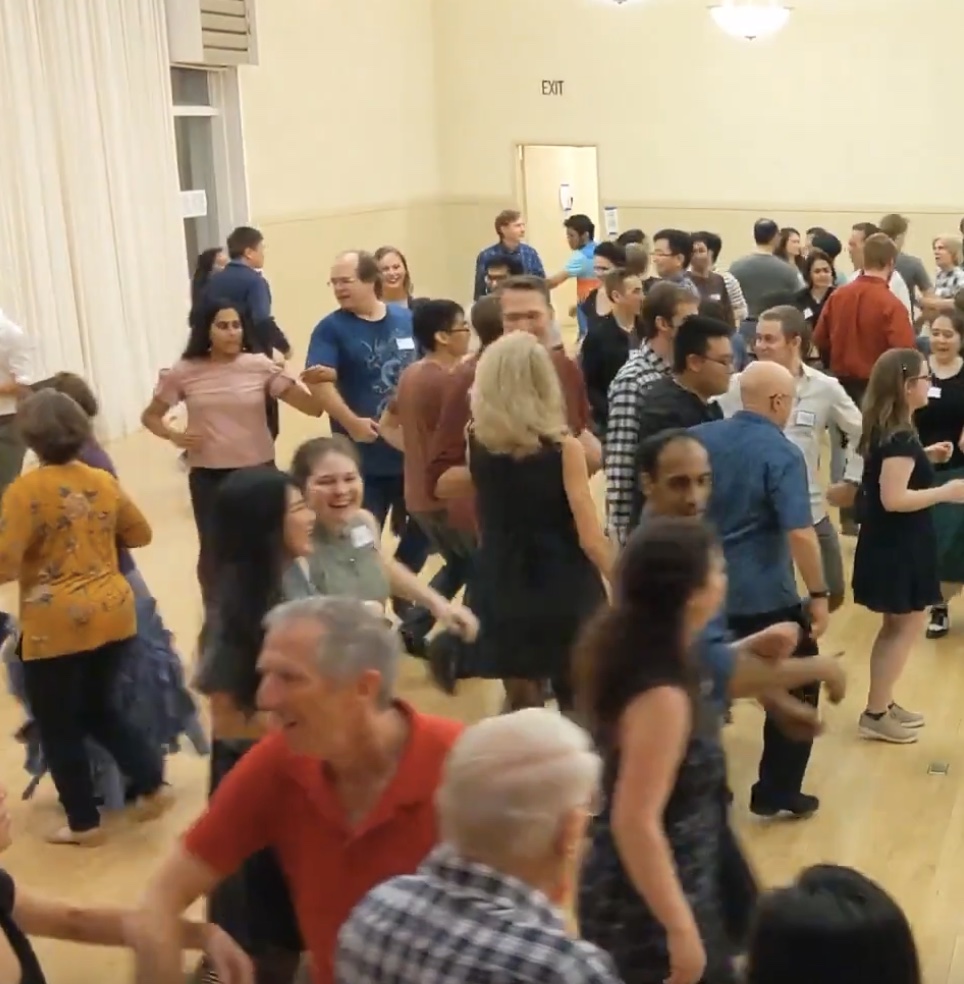
Chaos Mixer
Video of Chaos Mixer at Friday Night Waltz.
The Chaos Mixer is a fun, silly mixer that can be quickly taught.
Heel and Toe Polka Mixer
Music for Heel and Toe Polka Mixer
High-energy and super fun, but tell folks not to clap their partners' hands too hard.
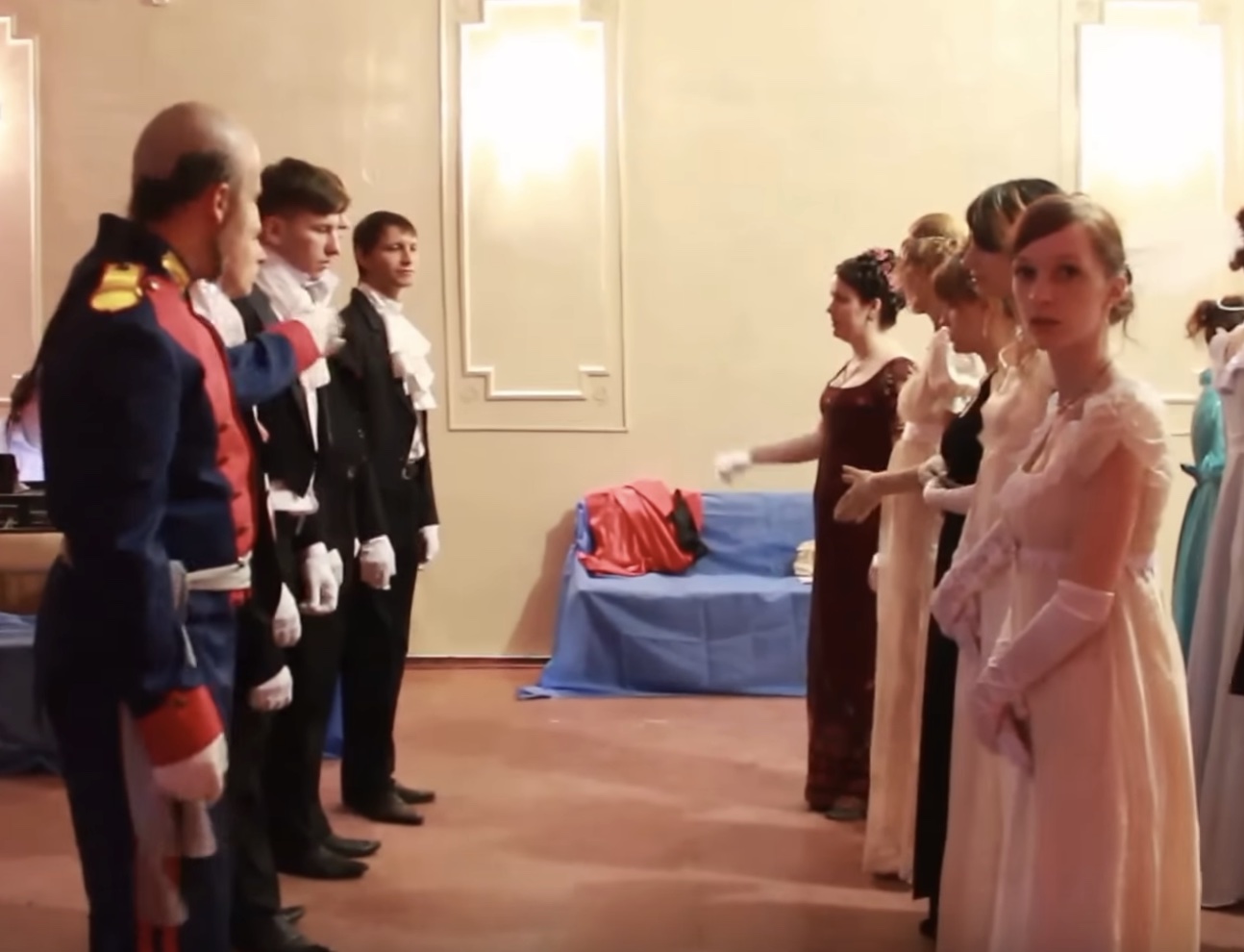
Sir Roger De Coverley
Video of Sir Roger de Coverley
Sir Roger de Coverley, is a very old (1695) but still popular dance. It's even mentioned in Charles Dickens "A Christmas Carol". This dance is usually taught by the top couple (nearest the DJ). The DJ announces the song, and people will run out to start a set. This is done by placing themselves in the positions of the top couple and raising their right hands.
The DJ usually announces this with "Please take four of five couple sets to learn and dance Sir Roger de Coverley. If you have more than that, the last dancers don't get to participate fully.
One Note: In the video, after "Bow, Right, Left, Both Hands", they do a step in a hammerlock position, where as we just pass around our partner, using no hands.
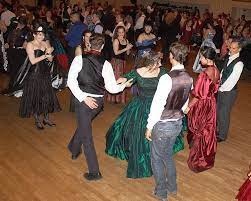
Strip the Willow Set Dance
New, draft writeup of Strip the Willow
Strip the Willow, is an old English Country Dance, typically danced in sets of four or five couples.
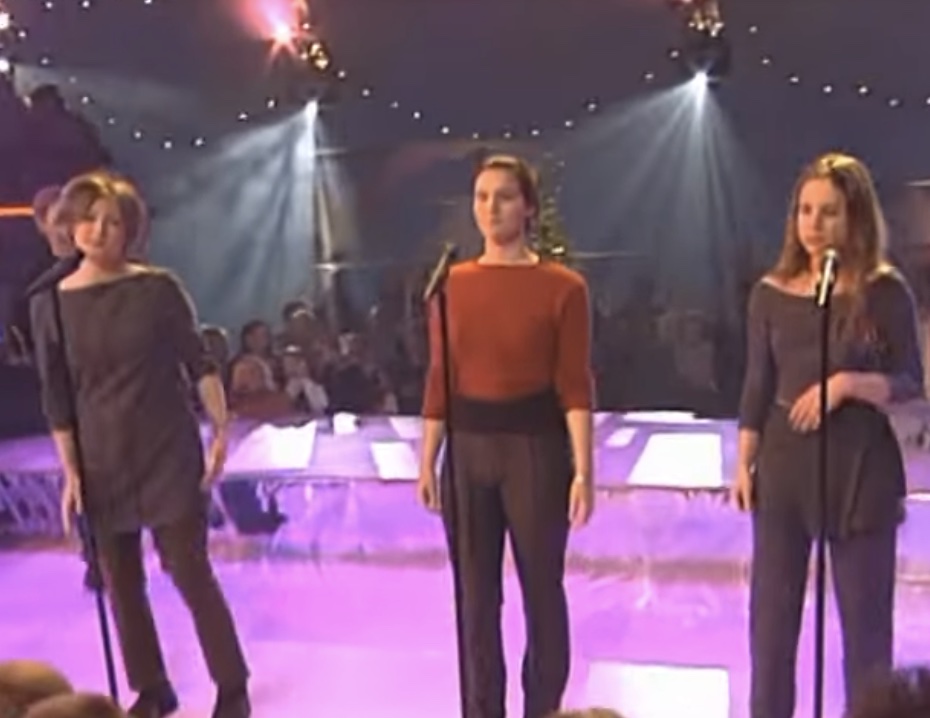
't Smidge
"t Smidge at Friday Night Waltz
Last time we ran this, I believe it took 3 minutes, 40 seconds to teach, and 2:41 to run.
Make sure you know how many beats of intro you have in your music, so you can count people in, it's critical that everyone is on the same beat.

